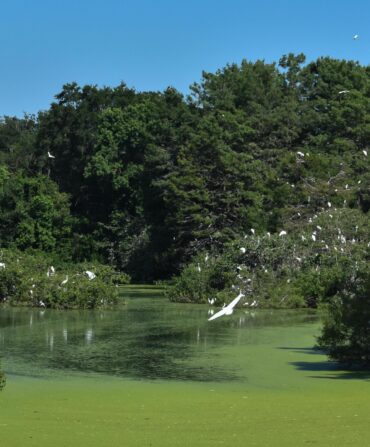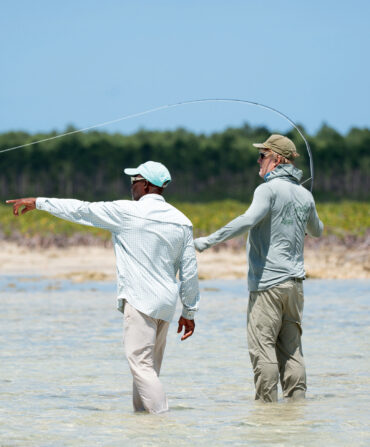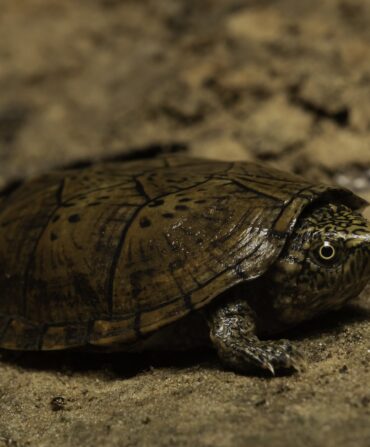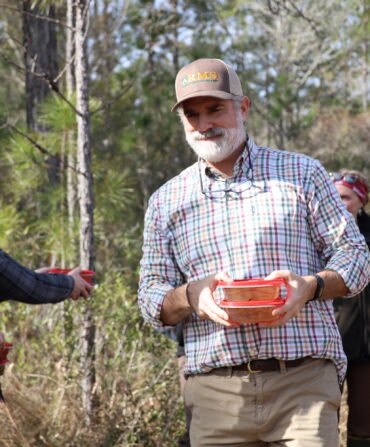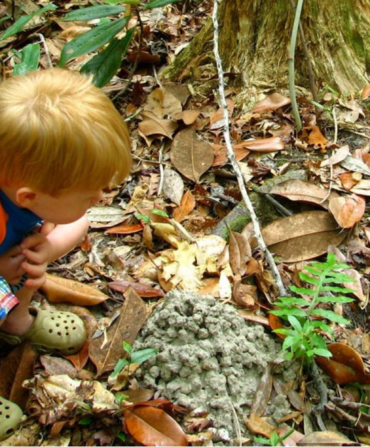For the past two decades, Mike Eady has led eco-tours through the salt marshes and cypress swamps around Myrtle Beach and the Grand Strand. In that time, the naturalist has spotted roseate spoonbills, egrets, herons, and alligators by the hundreds, but last week he logged a rare sighting: a harbor seal.

“In my life I’ve only seen two, one on a jetty in Murrell’s Inlet years and years ago, and this one,” says the Pawley’s Island native and lead kayak fishing guide for Black River Outdoors. He was escorting a group of kayakers down Roseland Creek, a marsh close to Huntington Beach State Park, when they saw a strange, shiny object in the water. “Suddenly he popped his head up, and we got a huge shock when we realized we had been looking at the midsection of a seal. He’d had his head underwater because he was eating a mullet.” The seal wasn’t shy—it approached the kayakers, even coming within a few feet of them and allowing Eady to snap some close-ups.

Seals in the South aren’t an unheard-of occurrence, explains Lauren Rust, the founder and executive director of the Lowcountry Marine Mammal Network; just five months ago, one was spotted near Sapelo Island, Georgia. “It is still very rare, though, for such a cold-water species at this time of year.” While South Carolina is at the very southern tip of their range, which is concentrated much farther up the Atlantic seaboard in areas like Cape Cod, they usually make their infrequent appearances in the state—and in greater numbers, in North Carolina—in the wintertime, when the water is colder. Between 1994 and 2005, a study reported twenty-six such sightings in South Carolina, a frequency that tracks today.
As for the reason for these visitations? “The seal might just be young, or might be just exploring, or possibly it could be sick,” Rust says. The Lowcountry Marine Mammal Network, a nonprofit that responds to emergencies with dolphins, whales, and seals statewide, has been monitoring whether the seal Eady spotted “hauls out”—that is, comes out of the water to rest—and has advised the public to leave it alone if it does, and to alert them. But so far the animal hasn’t appeared again, and Rust and Eady are hopeful it headed back out to the ocean.
“He was floating around, eating his mullet and looked healthy when he came close to us,” Eady says, figuring that the seal swam into the creek with the tide. “We had seen spoonbills, wood storks, ibises, herons, and egrets already that morning. But spotting the seal really topped the day off.”



